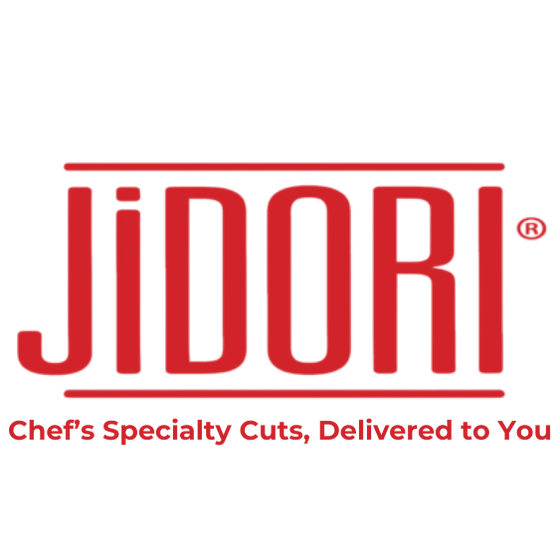The phrase "what came first, the chicken or the egg?" is a question that is as old as time. Perhaps what is most important is not what came first, but how it came to be at all. The journey of how poultry became our most popular protein is one of those fascinating stories that weave through the fabric of human history, though it’s not something we are all aware of. From chickens to ducks, turkeys to geese, these birds have been with us much like canines for centuries, offering not just food and feathers but also playing surprising roles in our rituals and everyday lives.
The Origin of Chicken Domestication
When we think of chicken today, it’s hard to imagine it as anything other than the tasty source of protein that we enjoy regularly. Thousands of years ago, somewhere in the lush forests of Southeast Asia, people first encountered the Red Junglefowl. At that moment, that wild bird roaming the jungles was unaware that it was about to become one of humanity’s most essential companions.

Around 7,000 to 10,000 years ago, people in what we now call northern Thailand, southern China, and India, began domesticating these birds. But here’s a twist—chickens weren’t originally raised for their eggs or meat. Instead, they were probably bred for cockfighting, and perhaps even for religious rituals. But it wasn’t long until people realized that chicken, between the eggs and meat it provided, would be a practical and essential part of everyday diet. And as trade routes expanded, chickens made their way to new lands, adapting and becoming a staple of agriculture.
How Domesticated Poultry Spread Around the World
As civilizations spread and started to connect, so did their flocks of chickens. Traders on foot, on horseback or even on boats carrying these birds along established routes, introduced them to new cultures and environments. By 1500 BC, chickens had made their way to Egypt and northern Africa, where they quickly spread to Europe, largely due to Rome’s power and influence. The Romans didn't just eat chickens; they also incorporated them into religious practices, showing just how integral these birds had become.
Ducks and geese have their own stories, too. Ducks, for instance, were domesticated in several parts of the world, with some of the earliest records coming from China about 4,000 years ago. Geese, meanwhile, have been part of human life for over 5,000 years, first in Egypt and Europe. These birds weren’t just sources of meat and eggs—though they certainly were that—but also provided feathers for beds and clothing, adding a layer of comfort to ancient daily life that we might not often appreciate.
The Unique History of Turkeys

And then there’s the turkey, which has its own unique place in the history of domesticated birds. Native to the Americas, turkeys were domesticated around 2,000 years ago by indigenous people in what is now Mexico. Initially, these birds were valued for their feathers, which were used in clothing and ceremonial outfits. It wasn’t until later that people started to realize how delicious turkey meat could be. Fast forward to the 16th century, when European explorers brought turkeys back across the Atlantic. They quickly became a hit in Europe, not just because they were a novelty, but because their size and taste made them perfect for festive occasions—a tradition that continues today, especially around the holidays.
The Importance of Domesticated Poultry
Today, it’s easy to take our access to poultry for granted. After all, poultry is ubiquitous in every country and people group. But these birds have played a crucial role in human history, providing a reliable source of food that could be raised even in small spaces. Over time, people got creative with breeding, developing different types of poultry that laid more eggs or grew faster for meat. Today, chicken is the most populous livestock on the planet, with billions raised each year for its meat and eggs.
But the story of poultry isn’t just about food. It’s about the cultural exchanges that have shaped societies and the innovations that have driven farming practices forward. In many ways, the history of poultry is a reflection of our own history—marked by survival, adaptation, and a little bit of ingenuity. As people continue to raise and consume domesticated poultry, we hope farmers continue to push for greater innovation to produce meat that is healthier, more sustainable, and better for our planet.

